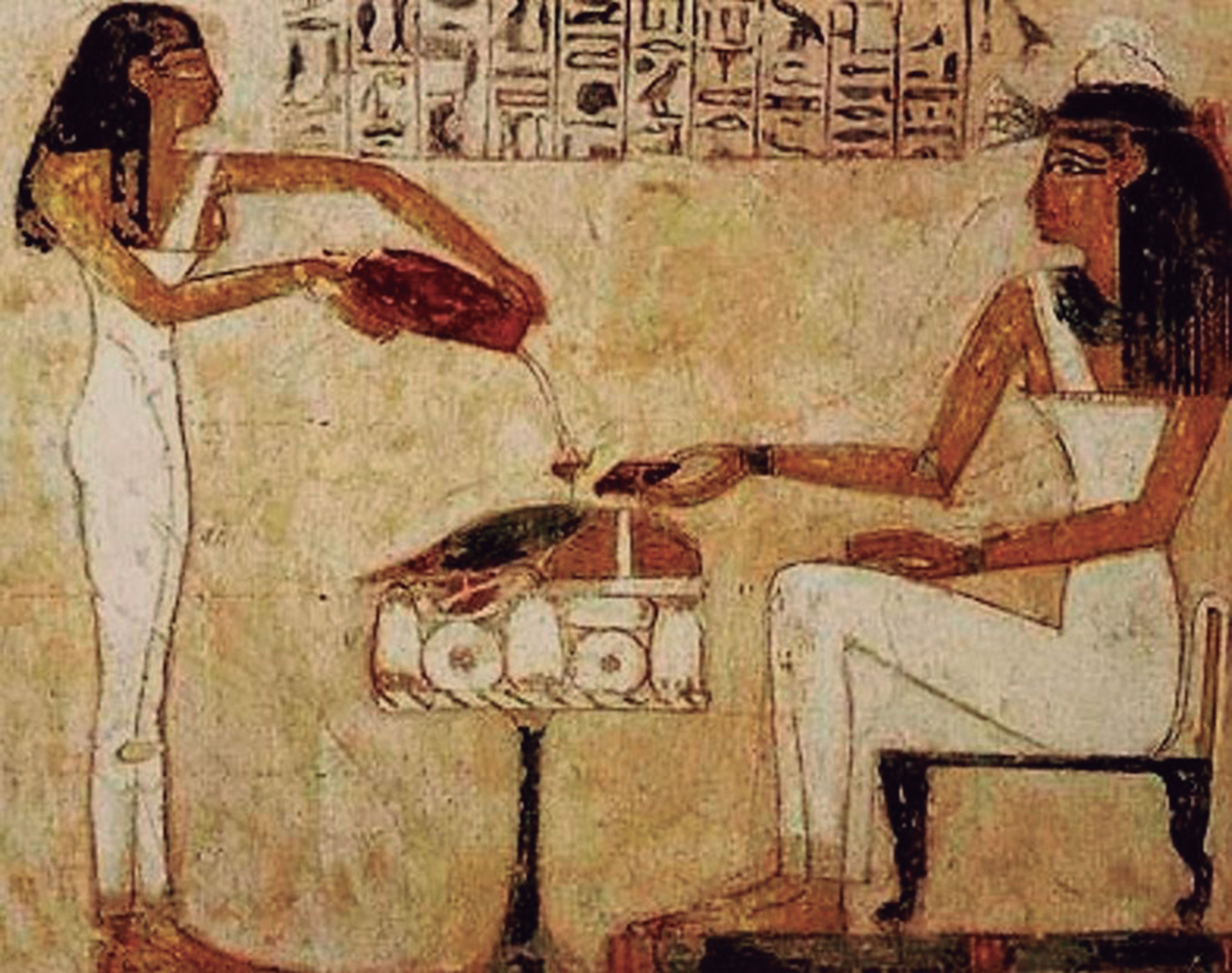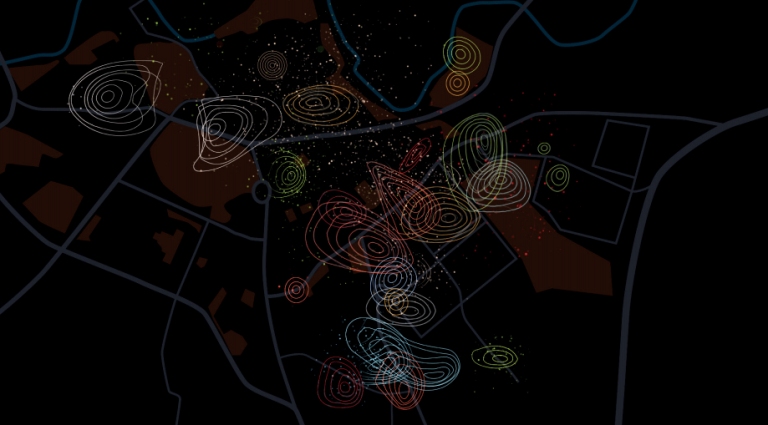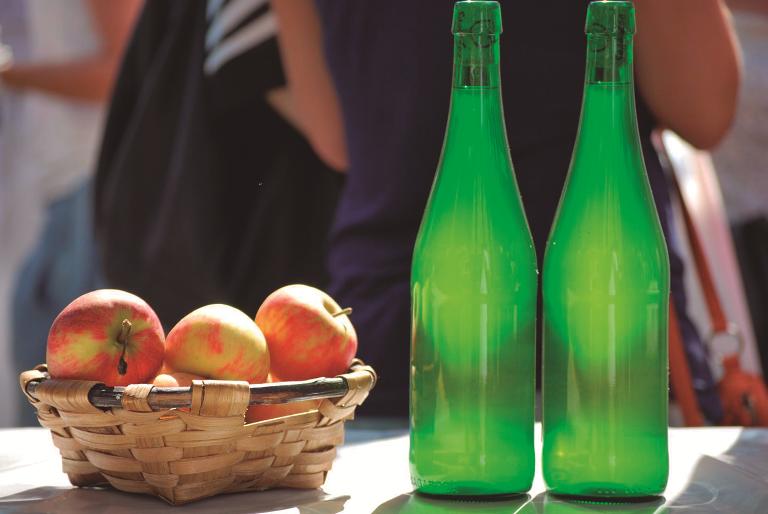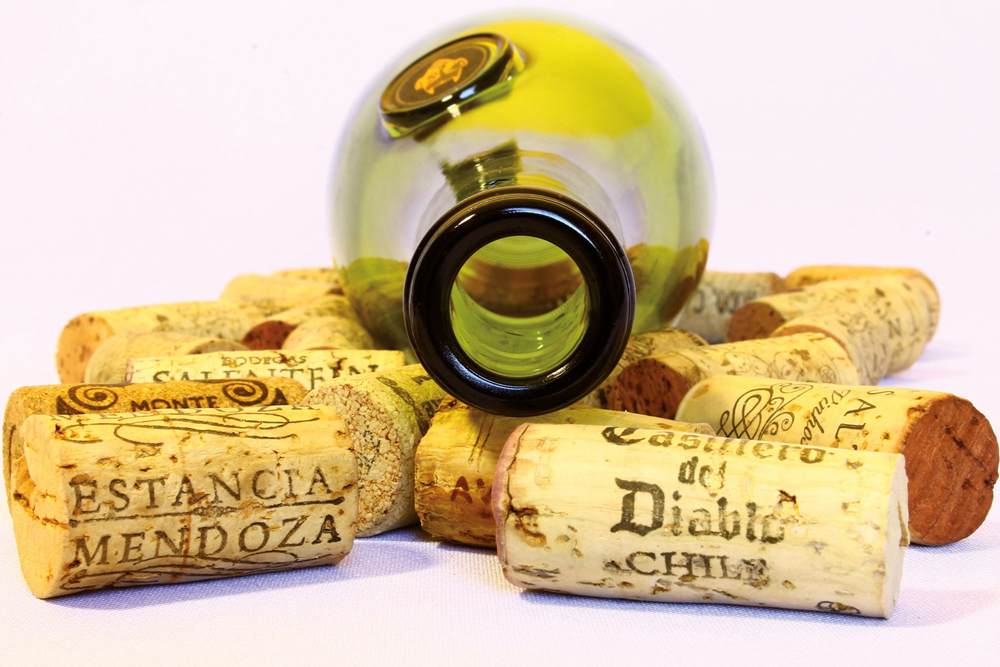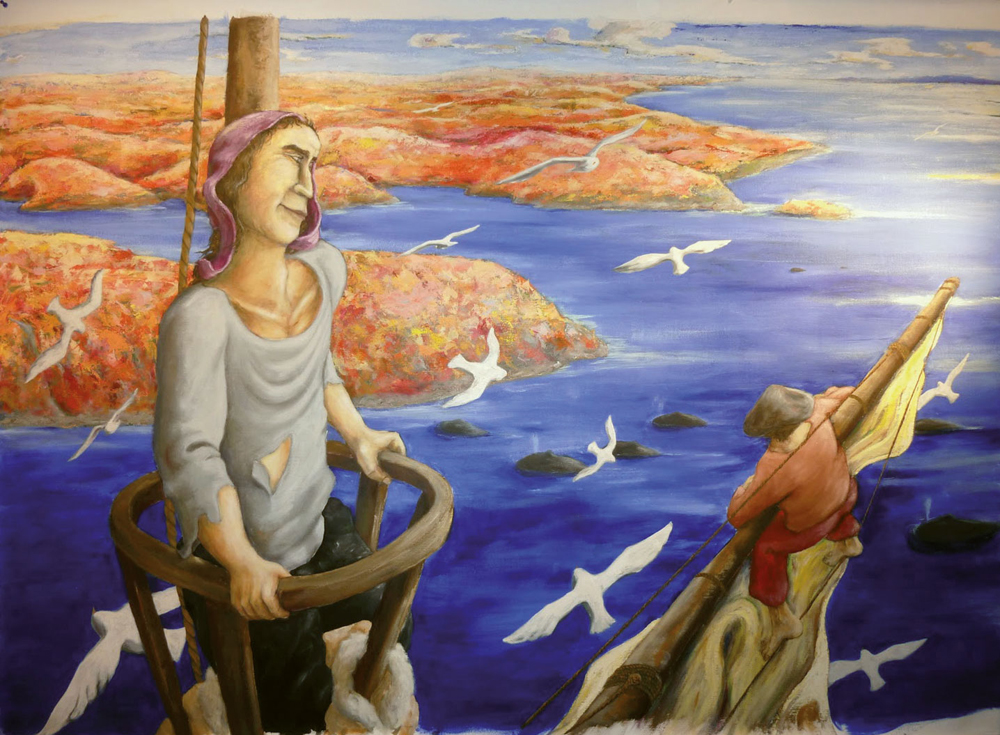Urrezko hazia
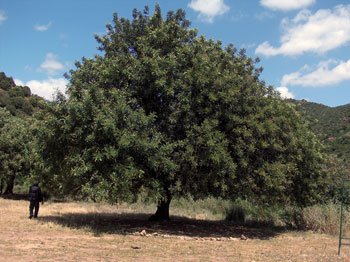
Ceratonia siliqua da algarrobondoa. Kultura atlantikoa dugunontzat, beste mundu bateko arbola. Hura ezagutzez gero, kultura mediterraneotik tira beste aukerarik ez dugu. Ceratonia izena arabierazko querat edo grekozko kêras hitzetik dator; arabiar hitzak pisu txikia adierazten du –hazia pisu neurria zen; hortik kilatea– eta grekoak adarra, fruitu duen lekaren formagatik.
Siliqua abizenak ere badu bada saltsa. Silikua, bere horretan, fruitu mota baten izen botanikoa da. Era horretako fruitua ematen duen landare familia ezagunena garai batean Gurutzedunena eta egun Brassicaceae deitzen dena da (arbia, aza, koltza...). Algarrobondoak leka erakoa du fruitua, lekalea du hazia. Silikuarik ez. Nondik, bada, siliqua abizen hori?
Silikua garai bateko Erromako txanpon bat zen. Baita pisu neurria ere. Biei algarrobondoaren hazitik zetorkien izena, hura bai zen silikua. Silikua batek 0,185 eta 0,19 gramo arteko pisua du. 1.728 silikuarekin osatzen zen erromatar libra, zuritutako 6.912 garagar aleekin bezala. Lau garagar ale silikuako. Pisutik dator txanpona. Urretan silikuaren pisu hori zuen txapona ere silikua bat zen. Bizantziarrek eutsi zioten pisu neurri horri.
Hazia, pisua eta txanponaren nahaste-borraste horri arabiar batek eman zion erramua: Abd al-Malik kalifa omeiak 696. urtean lehen diru sistema arabiarra abiarazi zuen, kilatea, silikuaren pisua, normalizatuz.
Algarrobo izena, berriz, hispanoarabiar alharrúba-tik, zein arabiar klasikoko harrūbah edo harnūbah, bietako batetik, eta horiek persierako har lup-etik baitatozen. Azkeneko hasierako horrek “asto matrailezurra” adierazten du. Lekaren antzagatik ote?
Horra Mediterraneo alde horretako anabasa. Arabiarrak, omeiak, grekoak, erromatarrak, bizantziarrak, pertsiarrak... Azkenean kilatea nagusi. Baina algarrobondoak badu bestelako aberastasunik ere: leka bazka bikaina da, azukreak eta goma ditu eta txokolatearen ordezko bat egiteko edo alkohola sortzeko gaia da. Tunisian cidre (sagardoa) deitzen dioten edari bat egiten dute. Haziak Ingalaterran gozoki gisa saldu izan dira, baita kafearen ordezko bezala ere. Aleon irina ona da diabetesa dutenentzat bezala haurrentzat. Haren zura altzariak egiteko ona. Zura, leka, hazia... eta lorea ezin ahaztu: arbola ar eta emeak daude, eta, arraren loreak nolako usaina duen? Sudurraren arabera, gizonaren espermarena edo ustel usaina. Zakilizaleentzat.
The day exceeds the night with the spring equinox. This year it happened on 20 March, at 22:59 hours, opening the door of the spring. The Eki prefix means the same thing. Until then the night had been longer. The day and night were twelve hours. Since then, the day is extended... [+]
Time has been on our line for a long time, but the climate is relatively recent. There is no need to clarify too much what climate change is. Explaining what the landscape is is a redder necessity. Conferences, round tables or international conferences on climate change are... [+]
It's time to pick up the fruits and get them on the way to the lagar. Pear (Pyrus communis), apple (Malus x domestica), grape (Vitis vinifera)... It seems a short and quick road, but you have to work a lot of rodeos and their variants until the fruit becomes must and must become... [+]
In the Basque Country, agriculture is the history of permanent colonization. Like everywhere. Before, the land was not cultivated; before, the harvest was not sown; you enjoyed what was not eaten before. They had brought it all from elsewhere. Many of these stories have been... [+]
Returning to the wines that are made with the crops, the left madreselva (Humulus lupulus) is conservative and bitter tasting aggregator. The union of crops and madreselvas produces many dirty jets, especially in beer countries. A friend has just explained to me the stories of... [+]
In our house we met him with the name of madreselva (Humulus lupulus). In fact, we have worked hard and sinister on the banks of the river in our country, coinciding with the expansion of beer. We've learned that it's also called lobster, beer, beer, wart and grass on the left... [+]
Spring has brought the issue to my nose. C. worked at various research centers in New York. Bushdid, M. Oh! Magnasco, L.B. Vosshall and A. An article published by scientists Keller in March 2014 in the prestigious “Science Magazine” produced a great stir. The title says it... [+]
The curious interannual days end, those who eat and drink from the emanations of the earth. I'll eat from the best to the best. Supposedly. Heavy champagne and cava bottles are easy to dance. Even though they are of all kinds today, they were once the cider of the other barrel... [+]













